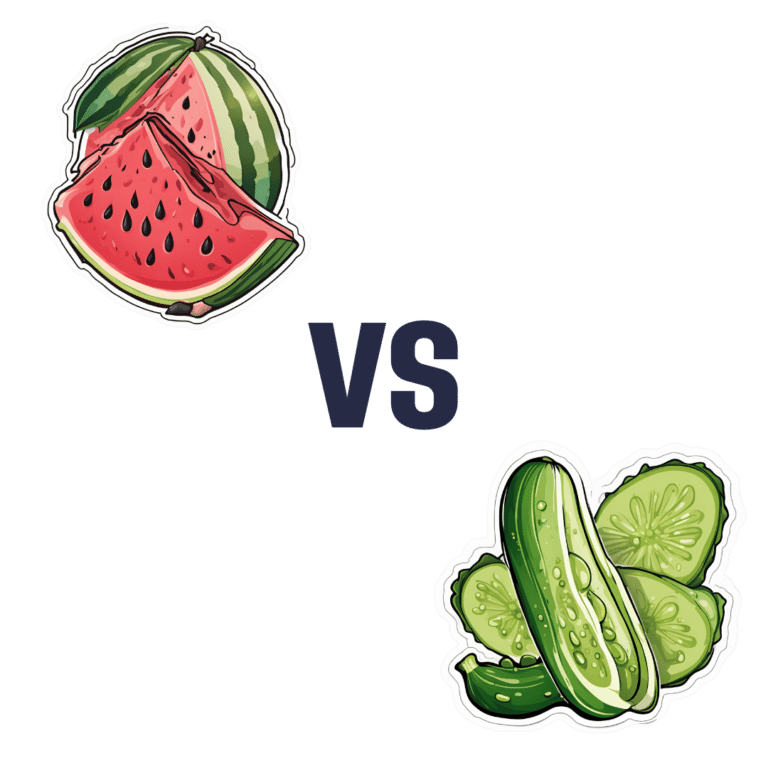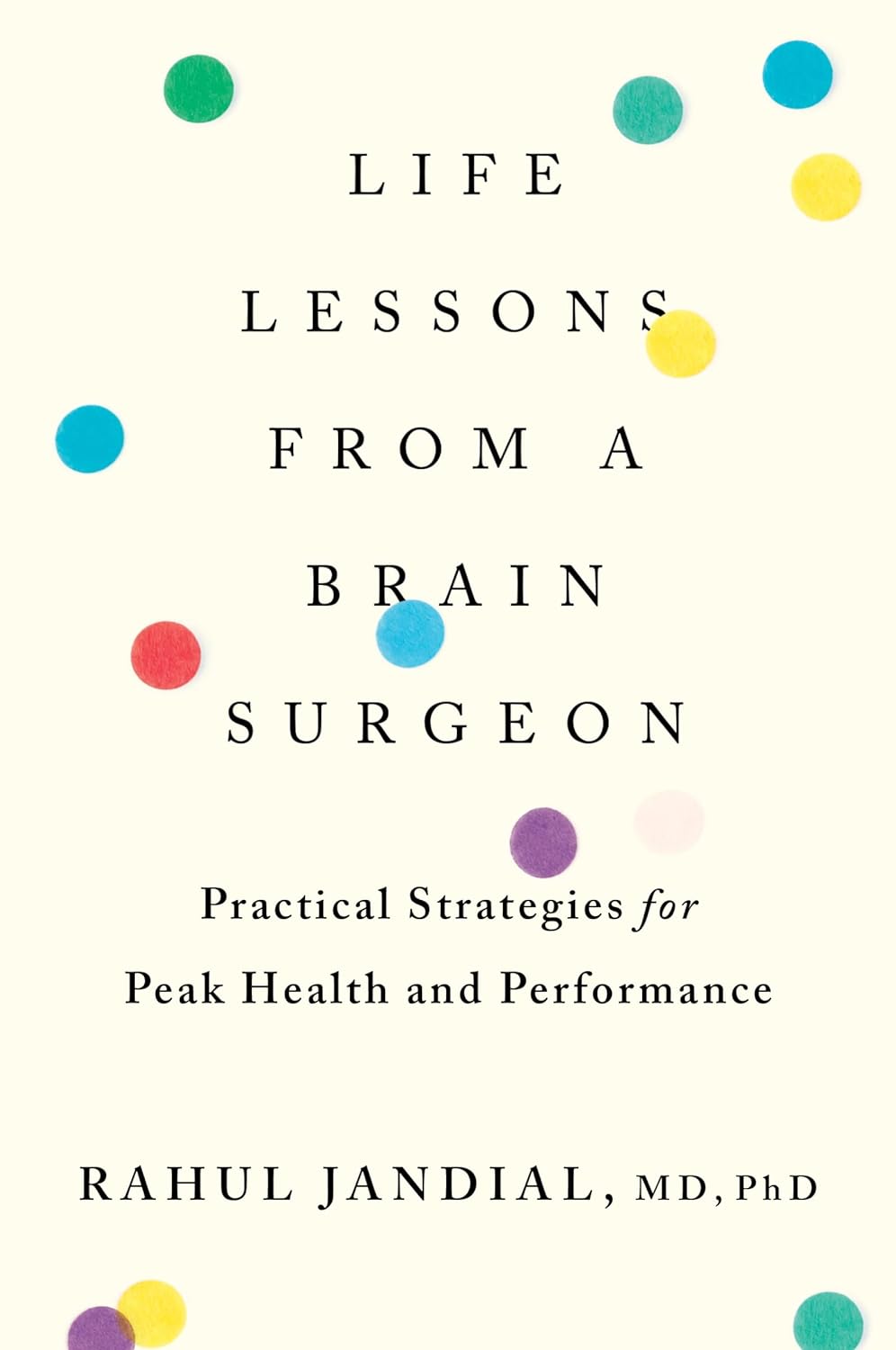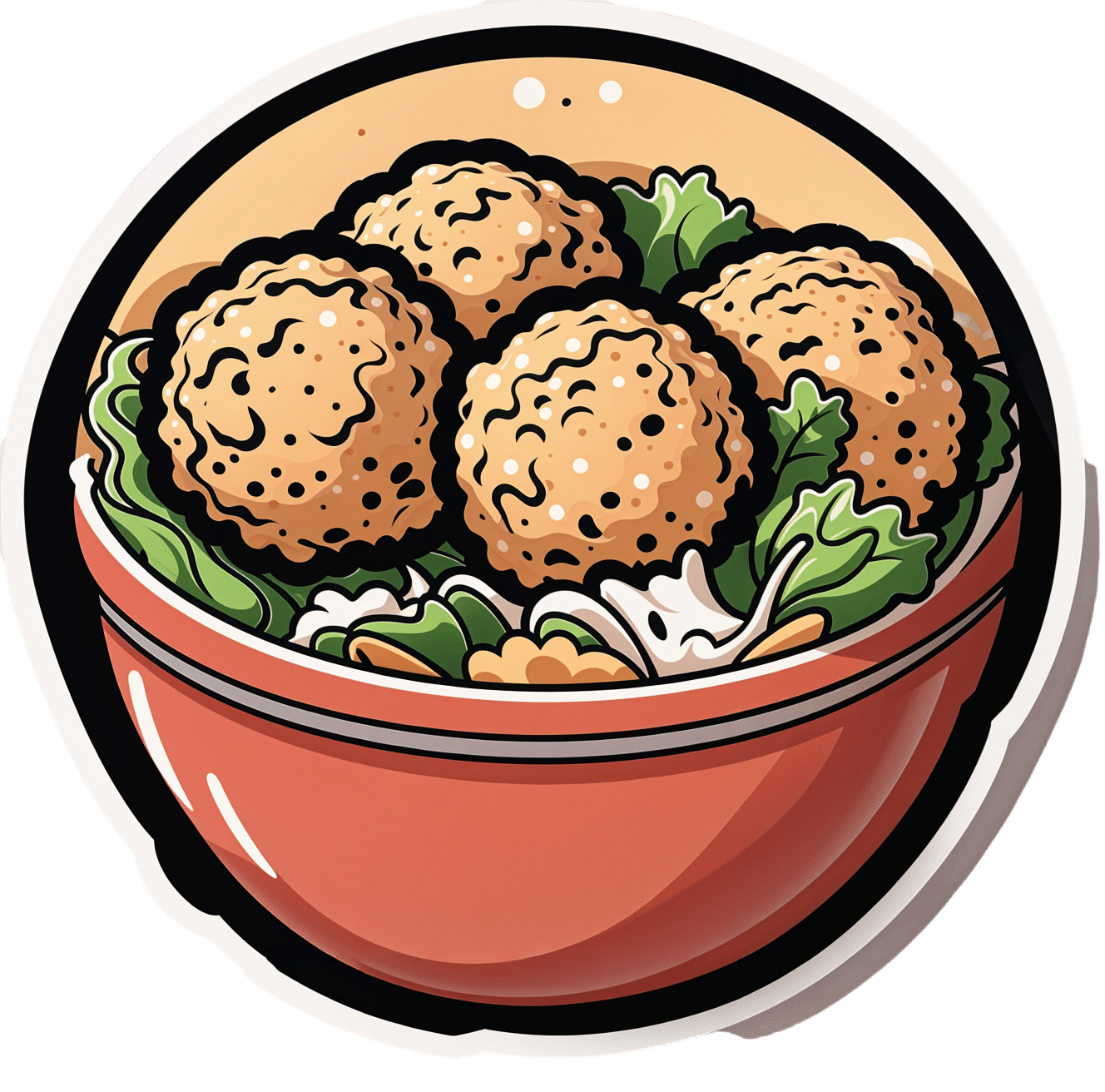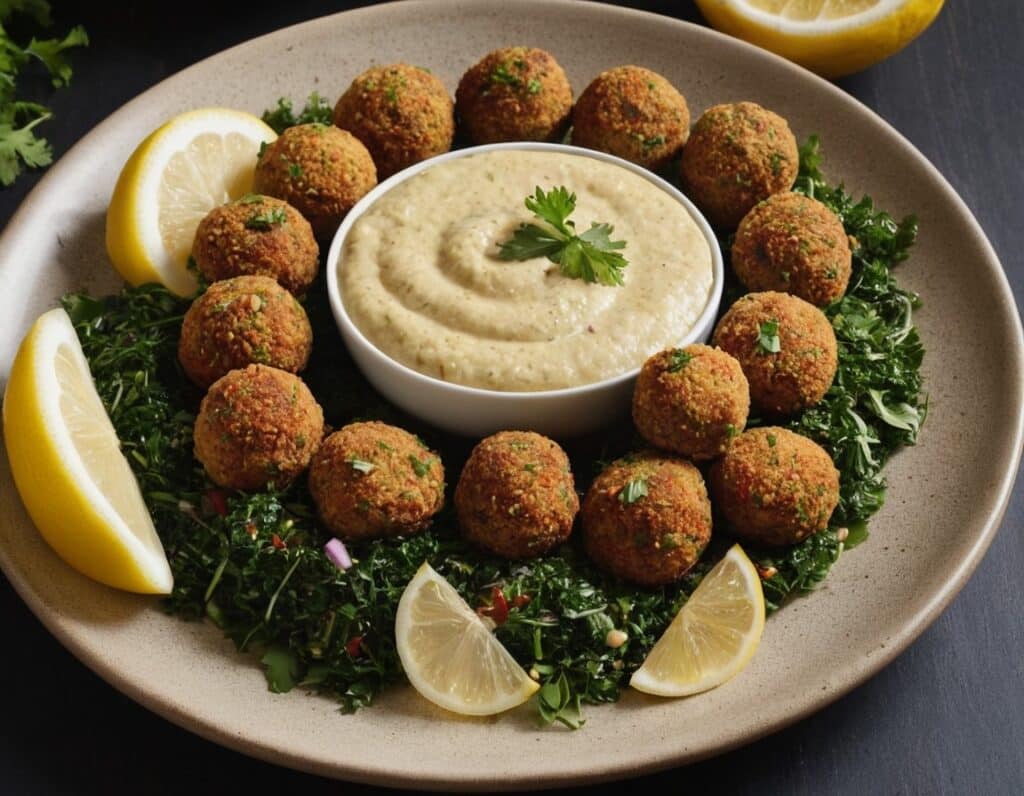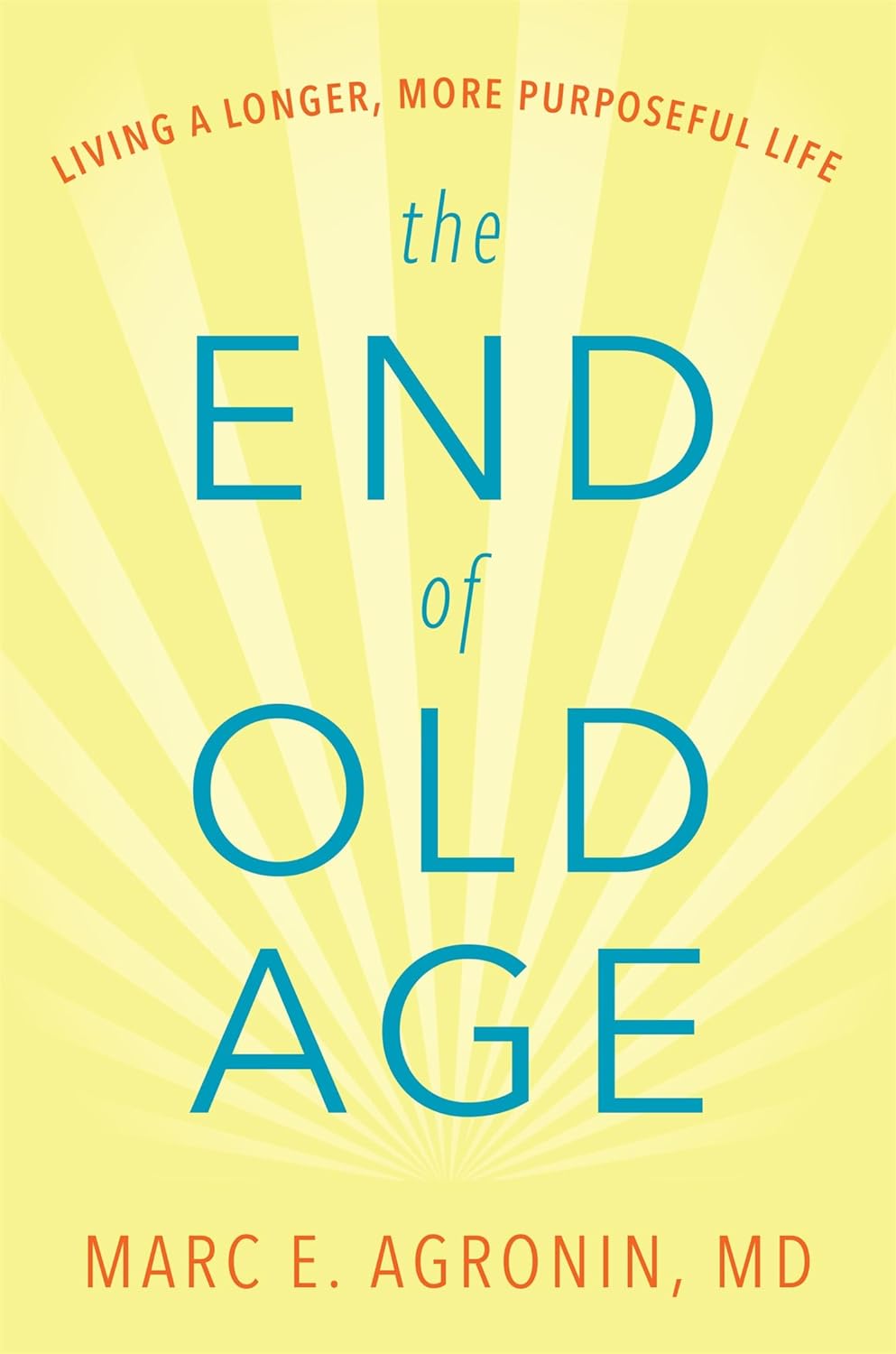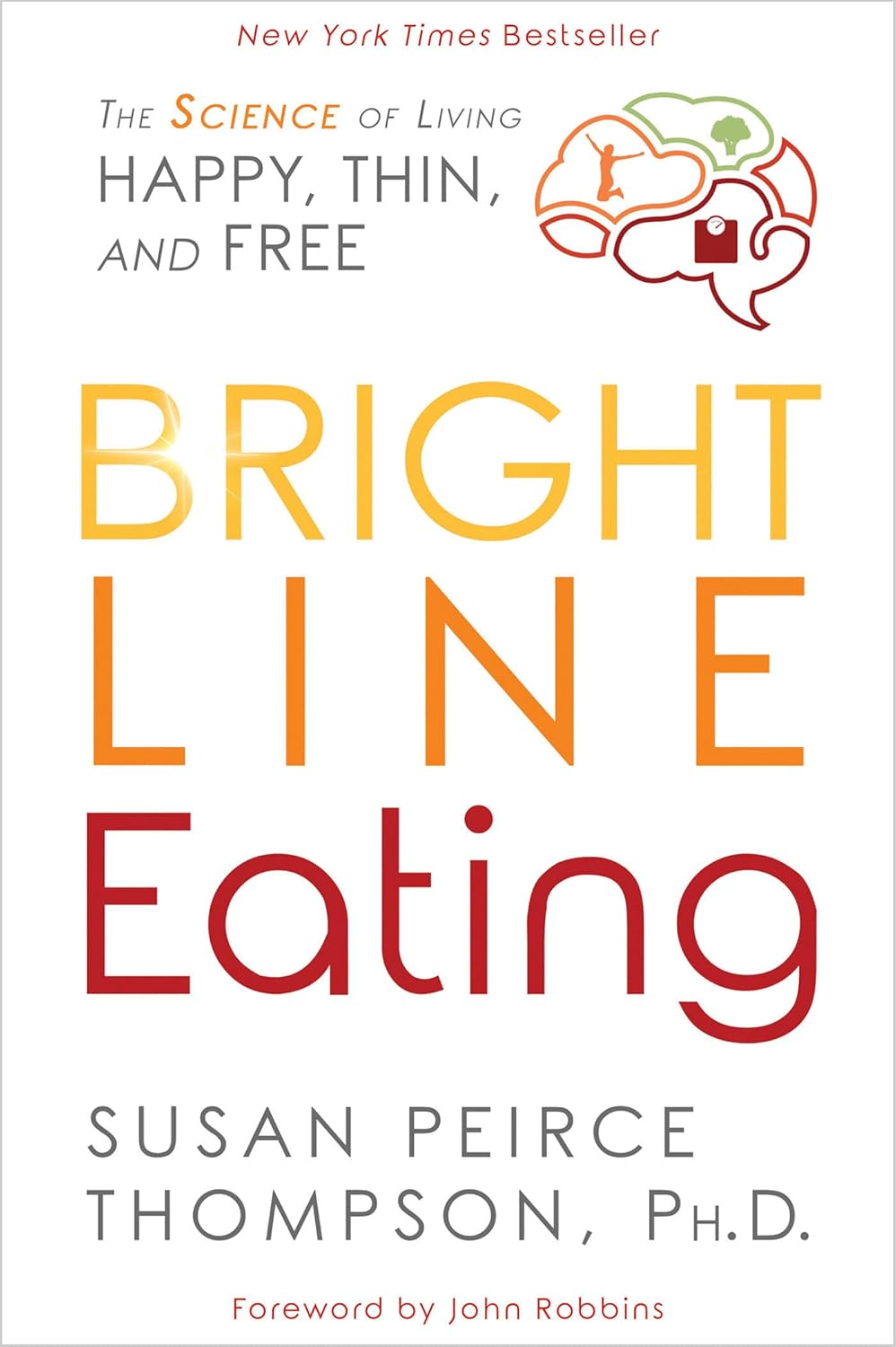
Celery vs Lettuce – Which is Healthier?
10almonds is reader-supported. We may, at no cost to you, receive a portion of sales if you purchase a product through a link in this article.
Our Verdict
When comparing celery to lettuce, we picked the lettuce.
Why?
Let us consider the macros first: lettuce has 2x the protein, but of course the numbers are tiny and probably nobody is eating this for the protein. Both of these salad items are roughly comparable in terms of carbs and fiber, being both mostly water with just enough other stuff to hold their shape. Nominally this section is a slight win for lettuce on account of the protein, but in realistic practical terms, it’s a tie.
In terms of vitamins, celery has more of vitamins B5 and E, while lettuce has more of vitamins A, B1, B2, B3, B6, B7, B9, C, K, and choline. An easy win for lettuce here.
In the category of minerals, celery has more calcium, copper, and potassium, while lettuce has more iron, magnesium, manganese, phosphorus, potassium, selenium, and zinc. So, a fair win for lettuce.
Adding up the sections makes for an overall win for lettuce; of course, enjoy both, though!
Want to learn more?
You might like to read:
Why You’re Probably Not Getting Enough Fiber (And How To Fix It)
Take care!
Don’t Forget…
Did you arrive here from our newsletter? Don’t forget to return to the email to continue learning!
Recommended
Learn to Age Gracefully
Join the 98k+ American women taking control of their health & aging with our 100% free (and fun!) daily emails:
-
Life Lessons From A Brain Surgeon – by Dr. Rahul Jandial
10almonds is reader-supported. We may, at no cost to you, receive a portion of sales if you purchase a product through a link in this article.
In the category of surgeons with a “what to put on your table to stay off mine” angle, this book packs an extra punch. As well as being an experienced brain surgeon, Dr. Jandial also does a lot of cutting edge lab research too. What does this mean for us?
This book gives, as the subtitle promises, “practical strategies for peak health and performance”—with a brain-centric bias, of course.
From diet and nootropic supplements, to exercise and brain-training, we get a good science-based view of which ones actually work, and which don’t. The style is also very readable; Dr. Jandial is a great educator, presenting genuine scientific content with very accessible language.
Bottom line: if you’d indeed like to look after your most important organ optimally, this book gives a lot of key pointers, without unnecessary fluff.
Share This Post
-
Easy Quinoa Falafel
10almonds is reader-supported. We may, at no cost to you, receive a portion of sales if you purchase a product through a link in this article.
Falafel is a wonderful snack or accompaniment to a main, and if you’ve only had shop-bought, you’re missing out. Plus, with this quinoa-based recipe, it’s almost impossible to accidentally make them dry.
You will need
- 1 cup cooked quinoa
- 1 cup chopped fresh parsley
- ½ cup wholewheat breadcrumbs (or rye breadcrumbs if you’re avoiding wheat/gluten)
- 1 can chickpeas, drained
- 4 green onions, chopped
- ½ bulb garlic, minced
- 2 tbsp extra virgin olive oil, plus more for frying
- 2 tbsp tomato paste
- 1 tbsp apple cider vinegar
- 2 tsp nutritional yeast
- 2 tsp ground cumin
- 1 tsp red pepper flakes
- 1 tsp black pepper, coarse ground
- 1 tsp dried thyme
- ½ tsp MSG or 1 tsp low-sodium salt
Method
(we suggest you read everything at least once before doing anything)
1) Blend all the ingredients in a food processor until it has an even, but still moderately coarse, texture.
2) Shape into 1″ balls, and put them in the fridge to chill for about 20 minutes.
3) Fry the balls over a medium-high heat until evenly browned—just do a few at a time, taking care to not overcrowd the pan.
4) Serve! Great with salad, hummus, and other such tasty healthy snack items:
Enjoy!
Want to learn more?
For those interested in more of what we have going on today:
- Cilantro vs Parsley – Which is Healthier?
- Our Top 5 Spices: How Much Is Enough For Benefits?
- What Matters Most For Your Heart?
- An Apple (Cider Vinegar) A Day…
- Hero Homemade Hummus Recipe ← perfect accompaniment!
- Tasty Tabbouleh with Tahini Recipe ← also a great option!
Take care!
Share This Post
-
Dangers Of Root Canals And Crowns, & What To Do Instead
10almonds is reader-supported. We may, at no cost to you, receive a portion of sales if you purchase a product through a link in this article.
Dr. Michelle Jorgensen, a dentist, tells us that it’s a lot rarer than people think to actually need a crown or a root canal; there are ways of avoiding such:
The tooth, the whole tooth, and nothing but the tooth?
First, some of the problems with the treatments that are most popular, especially in the US:
Problems with root canals:
- Involves cleaning and filling the tooth’s main canal but leaves microtubules that can harbor dead tissue and attract bacteria.
- This can lead to infections, often undetected for a long time due to the nerve removal, potentially harming overall health and weakening the tooth.
- Root canals often result in brittle teeth that can break, necessitating crowns.
And then…
Problems with crowns:
- A crown requires significant removal of tooth structure (up to 1.5 mm of enamel), making the tooth more vulnerable and sensitive.
- Crowns can also lead to new cavities underneath due to weak bonding to dentin.
- The cycle often leads from a healthy tooth to fillings, crowns, root canals, and eventual extraction (and then, perhaps, an implant in its place). That’s great for the dentist, but not so great for you.
Biomimetic dentistry the exciting name currently being used for what has been more prosaically called “conservative restorative dentistry”, which in turn has also been known by other names in recent decades, and its goal is to strengthen and preserve natural teeth as much as possible.
Methods it uses:
- Treats affected but still living teeth with non-invasive procedures.
- Uses ozone treatment to kill bacteria in deep cavities, avoiding direct nerve exposure.
- Applies conservative partial restorations like onlays instead of full crowns.
Benefits of this approach:
- Preserves enamel, minimizes trauma, and reduces the risk of tooth death.
- Maintains long-term tooth structure and health.
- 95% success rate in saving affected teeth without resorting to root canals.
In short, Dr. Jorgensen says that 60–80% of traditional crowns and root canals can be avoided. Which is surely a good thing.
For more on all of this, enjoy:
Click Here If The Embedded Video Doesn’t Load Automatically!
Want to learn more?
You might also like:
Tooth Remineralization: How To Heal Your Teeth Naturally
Take care!
Share This Post
Related Posts
-
The End of Old Age – by Dr. Marc Agronin
10almonds is reader-supported. We may, at no cost to you, receive a portion of sales if you purchase a product through a link in this article.
First, what this book is not: a book about ending aging. For that, you would want to check out “Ending Aging”, by Dr. Aubrey de Grey.
What this book actually is: a book about the purpose of aging. As in: “aging: to what end?”, and then the book answers that question.
Rather than viewing aging as solely a source of decline, this book (while not shying away from that) resolutely examines the benefits of old age—from clinically defining wisdom, to exploring the many neurological trade-offs (e.g., “we lose this thing but we get this other thing in the process”), and the assorted ways in which changes in our brain change our role in society, without relegating us to uselessness—far from it!
The style of the book is deep and meaningful prose throughout. Notwithstanding the author’s academic credentials and professional background in geriatric psychiatry, there’s no hard science here, just comprehensible explanations of psychiatry built into discussions that are often quite philosophical in nature (indeed, the author additionally has a degree in psychology and philosophy, and it shows).
Bottom line: if you’d like your own aging to be something you understand better and can actively work with rather than just having it happen to you, then this is an excellent book for you.
Don’t Forget…
Did you arrive here from our newsletter? Don’t forget to return to the email to continue learning!
Learn to Age Gracefully
Join the 98k+ American women taking control of their health & aging with our 100% free (and fun!) daily emails:
-
The Pains That Good Posture Now Can Help You Avoid Later
10almonds is reader-supported. We may, at no cost to you, receive a portion of sales if you purchase a product through a link in this article.
Dr. Murat Dalkilinç explains:
As a rule…
Posture is the foundation for all body movements and good posture helps the body adapt to stress.
Problems arise when poor posture causes muscles to overwork in ways that are not good for them, becoming tight or inhibited over time. Bad posture can lead to wear and tear on joints, increase accident risk, and make some organs (like the lungs, which feed everything else with the oxygen necessary for normal functioning) less efficient. It’s also of course linked to issues like scoliosis, tension headaches, and back pain, and can even affect emotions and pain sensitivity.
Good posture includes straight alignment of vertebrae when viewed from the front/back, and three natural curves in a (very!) gentle S-shape when viewed from the side. Proper posture allows for efficient movement, reduces fatigue, and minimizes muscle strain. For sitting posture, the neck should be vertical, shoulders relaxed, arms close to the body, and knees at a right angle with feet flat.
But really, one should avoid sitting, to whatever extent is reasonably possible. Standing is better than sitting; walking is better than standing. Movement is crucial, as being stationary for extended periods, even with good posture, is not good for our body.
Advices given include: adjust your environment, use ergonomic aids, wear supportive shoes, and keep moving. Regular movement and exercise keep muscles strong to support the body.
For more on all this, enjoy:
Click Here If The Embedded Video Doesn’t Load Automatically!
Want to learn more?
You might also like to read:
Beyond Just Good Posture: 6 Ways To Look After Your Back
Take care!
Don’t Forget…
Did you arrive here from our newsletter? Don’t forget to return to the email to continue learning!
Learn to Age Gracefully
Join the 98k+ American women taking control of their health & aging with our 100% free (and fun!) daily emails:
-
Bright Line Eating – by Dr. Susan Peirce Thompson
10almonds is reader-supported. We may, at no cost to you, receive a portion of sales if you purchase a product through a link in this article.
This is a great title! It’s a great book too, but let’s talk about the title for a moment:
The “Bright Line” referenced (often used in the plural within the book) is the line one draws between what one will and will not do. It’s a line one doesn’t cross, and it’s a bright line, because it’s not a case of “oh woe is me I cannot have the thing”, but rather “oh yay is me for I being joyously healthy”.
And as for living happy, thin, and free? The author makes clear that “thin” is only a laudable goal if it’s bookended by “happy” and “free”. Eating things because we want to, and being happy about our choices.
To this end, while some of the book is about nutrition (and for example the strong recommendation to make the first “bright lines” one draws cutting out sugar and flour), the majority of it is about the psychology of eating.
This includes, hunger and satiety, willpower and lack thereof, disordered eating and addictions, body image issues and social considerations, the works. She realizes and explains, that if being healthy were just a matter of the right diet plan, everyone would be healthy. But it’s not; our eating behaviors don’t exist in a vacuum, and there’s a lot more to consider.
Despite all the odds, however, this is a cheerful and uplifting book throughout, while dispensing very practical, well-evidenced methods for getting your brain to get your body to do what you want it to.
Bottom line: this isn’t your average diet book, and it’s not just a motivational pep talk either. It’s an enjoyable read that’s also full of science and can make a huge difference to how you see food.
Click here to check out Bright Line Eating, and enjoy life, healthily!
Don’t Forget…
Did you arrive here from our newsletter? Don’t forget to return to the email to continue learning!
Learn to Age Gracefully
Join the 98k+ American women taking control of their health & aging with our 100% free (and fun!) daily emails:

